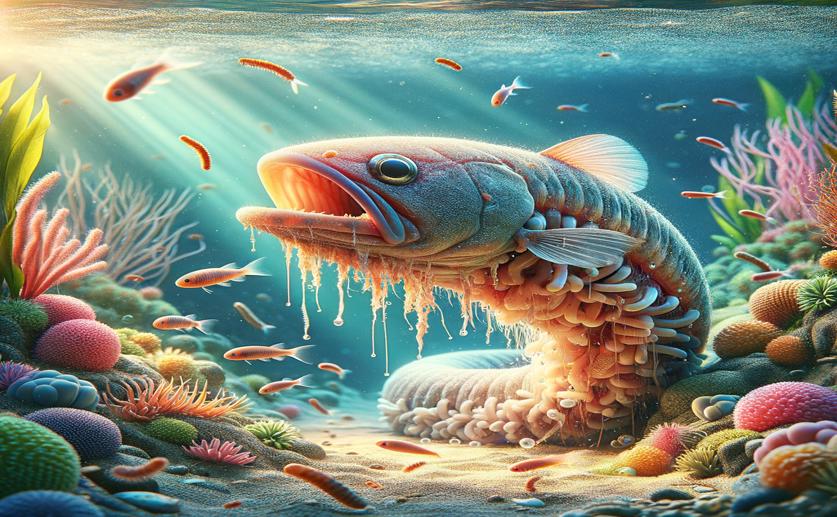
First Case of Intestinal Worm in Popular Aquarium Fish
Jenn Hoskins
6th March, 2024

Image Source: Natural Science News, 2024
Key Findings
- In South India, flowerhorn cichlids were found to host a harmful human-infecting parasite
- Infected fish showed symptoms like dark color, poor appetite, and abnormal swimming
- DNA tests confirmed the parasite as Paracapillaria philippinensis, a first for Indian fish
References
Main Study
1) First report of Paracapillaria philippinensis infection in flowerhorn cichlid in India.
Published 5th March, 2024
https://doi.org/10.1007/s00436-024-08175-4
Related Studies
2) Molecular detection of Capillaria philippinensis: An emerging zoonosis in Egypt.
3) Capillaria philippinensis in Upper Egypt: has it become endemic?
4) Morphological and molecular genetic characterization of three Capillaria spp. (Capillaria anatis, Capillaria pudendotecta, and Capillaria madseni) and Baruscapillaria obsignata (Nematoda: Trichuridae: Capillariinae) in avians.
5) Parasites in pet reptiles.



 26th February, 2024 | Jenn Hoskins
26th February, 2024 | Jenn Hoskins